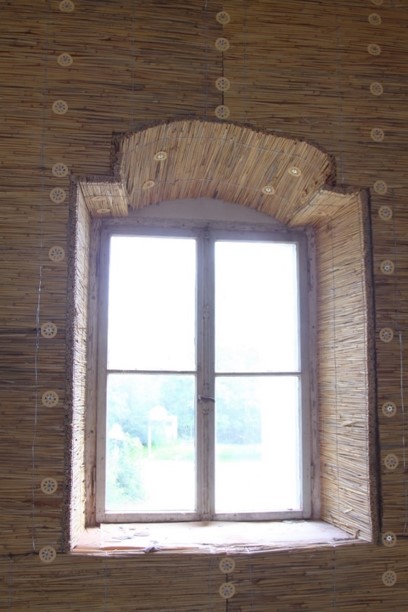From the point of view of building physics, external insulation is the most effective way to save energy when renovating old buildings. Unfortunately, especially when it comes to listed buildings, this measure could have a negative impact on the appearance of the façades. For this reason, applying insulation to the inner surfaces of exterior walls is often the only option. In cases where buildings are only used sporadically, interior insulation also has the advantage that the inner surfaces of exterior walls heat up faster, thus allowing comfortable indoor temperatures to be achieved more quickly.
However, internal insulation also carries risks because the original wall becomes colder and takes much longer to dry as a result. In unfavorable cases, this can cause moisture damage to the fabric of the historical building. Nevertheless, if carried out correctly and in an appropriate manner, interior insulation helps to sustainably preserve old buildings; the energy-efficient renovation measure not only helps to save energy, but also improves the hygienic and indoor climate conditions for users.
High-quality use of a building makes it easier to preserve and regularly maintain the historic building fabric. In order to plan and carry out interior insulation measures correctly, it is essential to fully understand the hygrothermal behavior of the original building fabric before and the interior insulation system is installed. Through this, it can be ascertained whether a measure will be safe or associated with risks.
The aim of the »EnOB: Interior Insulation« project is to conduct a comparative study of different interior insulation systems. This will make it possible to determine which insulation thicknesses are appropriate and effective without the risk of causing moisture damage, associated health problems or damage to historic building fabric. In the process, the project will address typical application errors.
A particular focus of the project is on new, thin insulating materials that can be reversibly applied. These show great potential to prevent moisture damage due to their capillary action, have a particularly low thermal conductivity, or are made from renewable or recycled raw materials.



